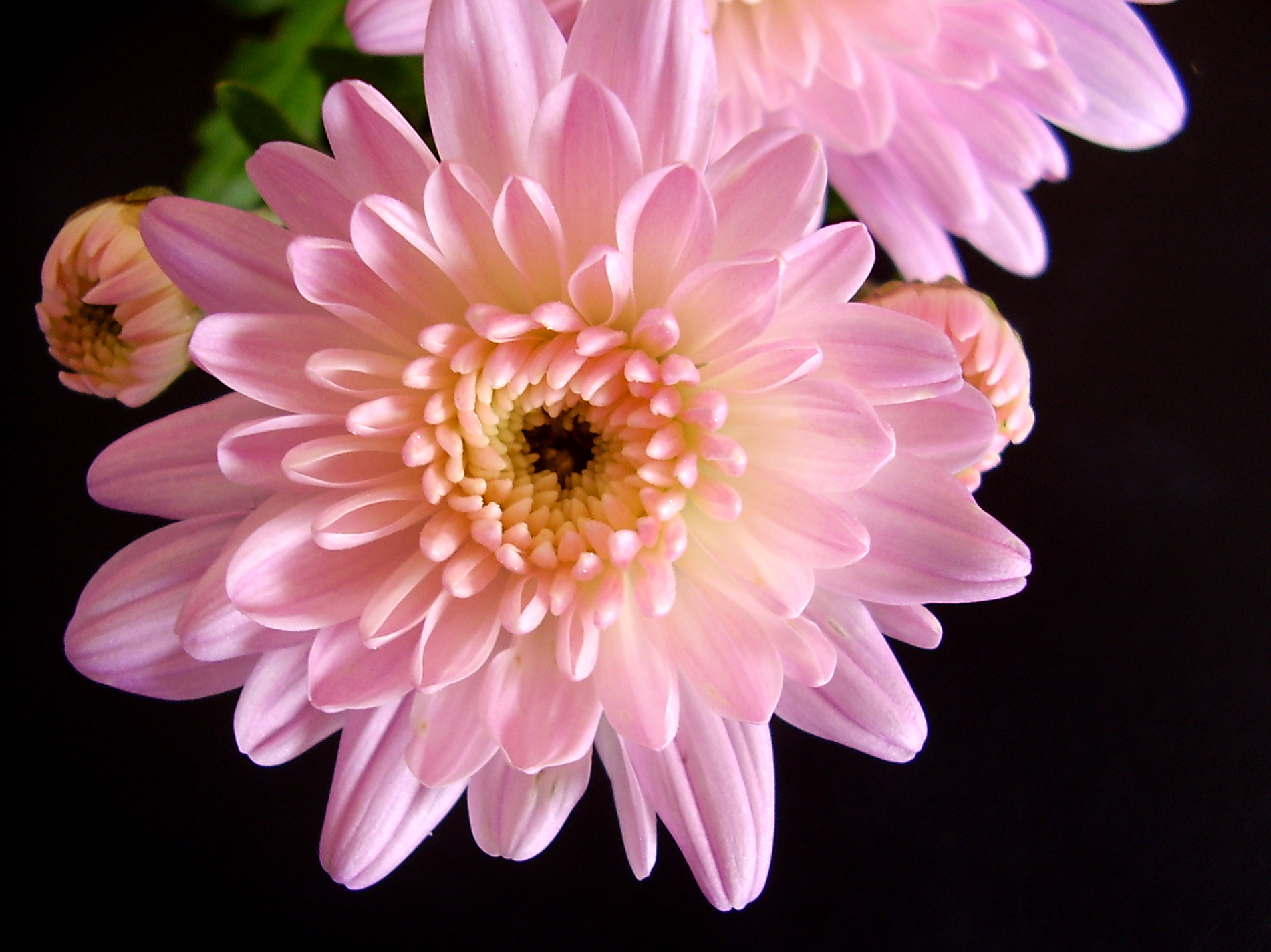
The wonderful variety of Chrysanthemums
Whether shopping at your local flower shop or online florist, you will notice that there are a number of types of flowers. Each of these types can be further categorised based on certain criteria. For example, the Chrysanthemum is a popular type of flower and there are a number of types of Chrysanthemums on the market. By understanding the differences between these types of Chrysanthemums, it’s that much easier to make a well-informed decision when shopping for flowers.
The first thing that everyone should remember is the fact that they are not made up of single flowers on a long stem. They are, in fact, a cluster of florets (or small flowers). There are two types of florets in every Chrysanthemum. The ones around the edge are called ray florets while those around the middle are called disc florets. In order to properly classify a Chrysanthemum, it’s important to determine how the florets are arranged as well as how large or small they are.
The first group are made up of those flowers with irregular incurves. They are usually 6 – 8 inches in diameter and the florets have an inward and upward curve to conceal the centre of the flower. You will also notice florets surrounding the base of the flower which looks a lot like a skirt. Chrysanthemums that are part of the regular incurve category have florets arranged in such a way that it looks like a perfect globe. The florets of this flower curve upwards and the flower is usually 4 – 6 inches in diameter. Intermediate incurve varieties have shorter florets that are not completely curved but they have a full centre and the diameter of this flower is at least 6 inches.
The reflex group of Chrysanthemums includes those with florets that curve down. The tops are quite flat and their diameter ranges from 4 to 6 inches. The upper florets are curved upwards which means that the disc is concealed. The lower florets have a downward curve and the flowers are at least 5 inches in diameter. Pompons are usually between 1 and 4 inches in diameter and they include both reflexing and incurving florets. They have a round appearance which is where they get their name from.
Single and semi-double Chrysanthemums look a lot like daisies. The discs of these flowers are visible and the ray florets are arranged all around it. The diameter is usually at least 4 inches. The anemone variety of Chrysanthemums is also quite similar but with one main difference – the raised centre. Straight and tubular florets are found on the quill variety and these florets conceal the centre. They are at least 6 inches in diameter and beautiful as well as impressive. The spoon variety is much like the semi-double variety but the florets are cupped at the end.
The spider variety also has tubular florets but they curve down. Thistle type Chrysanthemums are also known for having tubular florets but the shape of the flower looks much like a thistle bush – hence the name. There is one more group – the unclassified group – and these are Chrysanthemums that don’t quite fit in any of the distinct groups mentioned above. They have mixed properties and, although they don’t have an interesting name, they are some of the most fascinating of all!
